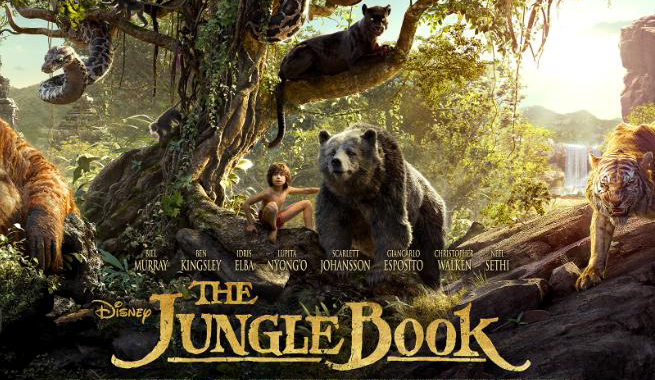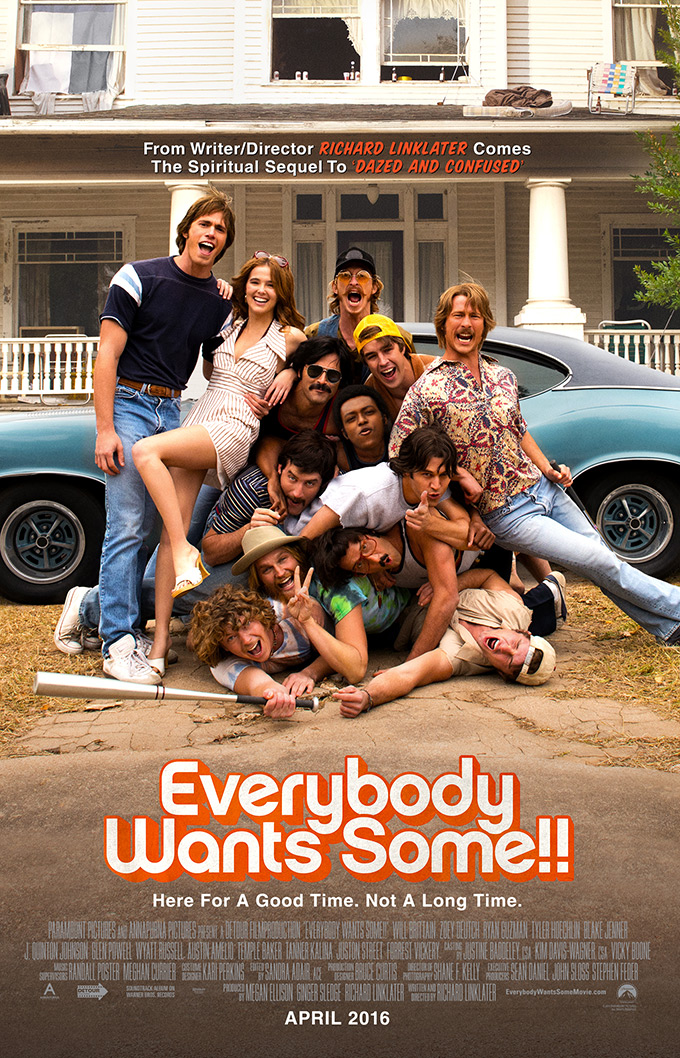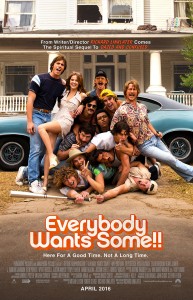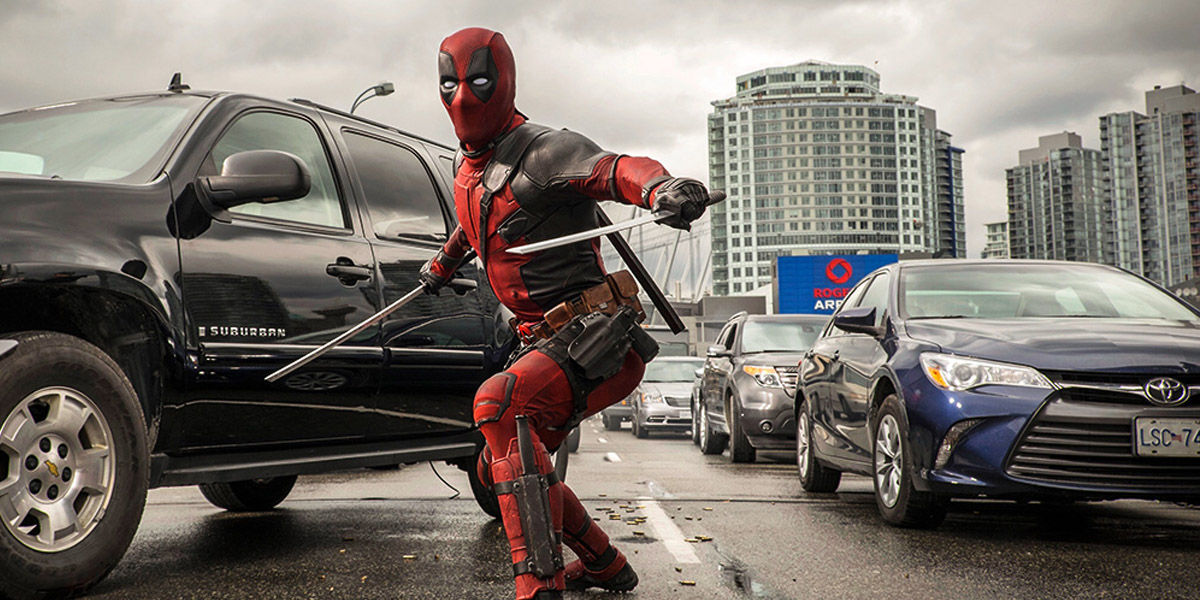The Jungle Book
Posted on April 14, 2016 at 5:32 pm
B+| Lowest Recommended Age: | 4th - 6th Grades |
| MPAA Rating: | Rated PG for some sequences of scary action and peril |
| Profanity: | None |
| Alcohol/ Drugs: | None |
| Violence/ Scariness: | Extended peril and violence including bees, a tiger, a snake, and fire |
| Diversity Issues: | A theme of the film |
| Date Released to Theaters: | April 15, 2016 |
| Date Released to DVD: | August 29, 2016 |
| Amazon.com ASIN: | B01CTNDO58 |
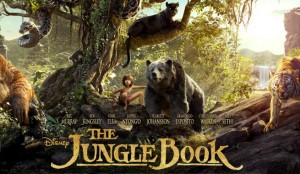
The wolves are after him. No, the wolves are with him and a sleek black panther is after him. No, he catches him. No, they are friends. It is Mowgli (newcomer Neel Sethi) and the Bagheera (Sir Ben Kingsley), the panther who discovered him as a toddler and delivered him to the best mother he knew, the wolf Raksha (Lupita Nyong’o) who raised him lovingly along with her other cubs. While he matures more slowly and cannot do some of the things they can to stay safe, he can climb and use tools. Although Raksha tells him not to use “tricks” like pulleys, knots, and scoops, he feels very much a part of the wolf pack and solemnly recites along with the others:
Now this is the Law of the Jungle —
as old and as true as the sky;
And the Wolf that shall keep it may prosper,
but the Wolf that shall break it must die.As the creeper that girdles the tree-trunk
the Law runneth forward and back —
For the strength of the Pack is the Wolf,
and the strength of the Wolf is the Pack.
When the rainy season ends, a dry spell shrinks the river so that the “peace rock” is showing. According to the well-established rules of the jungle, as long as they can see that rock, everyone may drink together in peace, meaning the predators cannot attack their usual prey. The one-eyed tiger with burn scars named Shere Khan (Idris Elba) sees Mowgli and warns the others that as soon as the rock is submerged again and the truce has ended, he will come for the boy and will do whatever it takes to kill him. Raksha reluctantly agrees to let Bagheera take him to the town, where Mowgli can be with other people. On the way, they have encounters with Kaa the mesmerizing snake (Scarlett Johansson), Baloo the easy-going bear (Bill Murray), and King Louis (Christopher Walken), an enormous ape (based on the extinct Gigantopithecus) who presides over an orangutan kingdom living in an ancient temple.
Fans of the Disney animated musical version will be happy to find some familiar moments within the superb score from John Debney.
But this is very much its own film, with stunning integration of the digital animals and the real-life boy. (Disneyphiles may think of Walt’s earliest short films featuring a real-life girl interacting with hand-drawn characters.) The world of the jungle is enchanting and vital, a Rousseauian dream of an Edenic natural world (in this PG film, while there is peril and some characters are injured and killed, any carnivore behavior happens off-screen). Sethi has an engagingly natural quality that is as important in bringing the digital characters to life as the brilliant work of the many, many artists and technicians whose names appear in the credits.
So does the storyline’s respect for this world and its inhabitants. Mowgli does not have many of the physical gifts of his wolf family or his friends in the forest. He does have some skills they do not, and it is heartwarming to see him develop simple tools like a stone ax and a pulley because they are not presented as superior or used to establish dominance, but to help his jungle community and to give thanks for all they have given him. This is gorgeous, inspiring filmmaking.
Parents should know that this movie includes extended peril with some violence and some disturbing images. A theme of the film is the tiger’s determination to kill Mowgli, and characters are injured and killed (including parents).
Family discussion: Why did the wolves and Baloo have different ideas about Mowgli’s “tricks?” Should Mowgli stay in the jungle or live with other humans?
If you like this, try: Rudyard Kipling’s Just-So Stories and two earlier films based on this story, one starring Sabu and the Disney animated version.

